Spinosad is a natural product that is derived from the fermentation of the bacterium Saccharopolyspora spinosa. It is used as a biological control agent to manage a wide range of pests in agricultural and horticultural crops, including:
-
Lepidopteran insects: Spinosad is effective against caterpillars of butterflies and moths, including the the tomato hornworm and the tobacco budworm.
-
Coleopteran insects: Spinosad can also be effective against beetles, including the Japanese beetle.
-
Dipteran insects: Spinosad can be effective against flies, including the house fly and the fruit fly.
-
Hemipteran insects: Spinosad can be effective against certain types of true bugs, including the cotton bollworm and the soybean aphid.
-
Thysanopteran insects: Spinosad can be effective against thrips, which are tiny, slender insects that feed on plants.
How to use:
-
Choose the right formulation: Spinosad is available in a variety of formulations, each of which is effective against a specific group of insects. Choose a formulation that is specifically designed to control the pest that you have identified.
-
Mix the spinosad according to the label instructions: Follow the instructions on the product label carefully when mixing the spinosad. Different formulations may have different application rates and precautions, so it is important to follow the instructions carefully.
-
Apply the spinosad: Spinosad can be applied using a variety of methods, including spraying, dusting, or soil drenching. Choose the method that is most appropriate for the pest and the stage of growth of the plant.
-
Reapply as needed: Spinosad is most effective when applied during the larval stage of the pest's life cycle, when the pest is actively feeding on the plant. If the pest population persists, you may need to reapply the spinosad according to the label instructions.
It is important to follow all precautions and safety guidelines when using spinosad, including wearing protective clothing and equipment, and following any specific guidelines for handling and disposal of the product.
Pros:
-
Effective against a wide range of pests: Spinosad is effective against a wide range of insects, including caterpillars, beetles, flies, true bugs, and thrips.
-
Specific to certain groups of insects: Spinosad is specific to certain groups of insects, so it only affects the pests that it is designed to control. This helps to minimize the impact on non-target organisms.
-
Safe for humans, animals, and the environment: Spinosad has low toxicity to humans, animals, and the environment, making it a safe alternative to chemical pesticides.
-
Approved for use in organic farming: Spinosad is approved for use in organic farming and is included on the list of substances allowed for use in organic production by the United States Department of Agriculture (USDA).
Cons:
-
May not be effective against all pests: Spinosad is effective against a wide range of pests, but it may not be effective against all types of pests.
-
May require multiple applications: Spinosad is most effective when applied during the larval stage of the pest's life cycle, when the pest is actively feeding on the plant. If the pest population persists, multiple applications may be necessary.
-
Can be expensive: Spinosad can be more expensive than some chemical pesticides, which may make it less cost-effective for some farmers and gardeners.
-
May require special handling and disposal: Spinosad may require special handling and disposal, as it is a biological agent and must be handled according to specific guidelines.
Overall, spinosad can be a useful tool for managing pests in agricultural and horticultural crops, but it is important to carefully consider the pros and cons and to use it in conjunction with other pest management strategies to provide a comprehensive approach to pest control.
Spinosad is often used in conjunction with other pest management strategies to provide a more comprehensive approach to pest control. It is considered a safe and effective way to manage pests because it is specific to certain groups of insects and has low toxicity to humans, animals, and the environment.




Share and get 15% off!
Simply share this product on one of the following social networks and you will unlock 15% off!